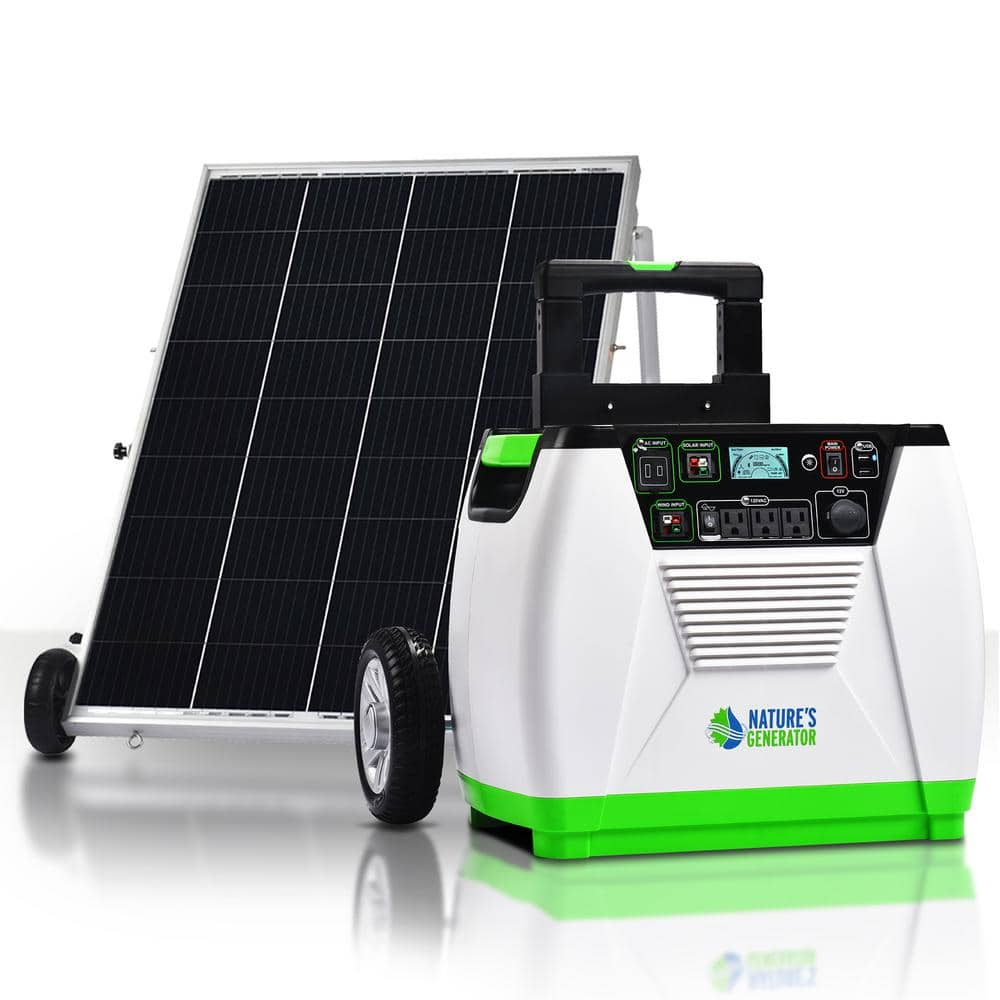WisconsinGardener
Loony Member
My husband died this past January. He was an engineer and understood about batteries and such. He was apparently getting us ready, maybe, to use solar power, at least at some beginning prep level. Now, he's gone, and I know nothing about any of this. I have found, so far, five unopened boxes of Harbor Freight Tool solar panels (the ones with the three panels). I know we have at least a couple of marine batteries because we took them camping for our CPAPs. However, I have yet to find any more batteries. He was a pack rat, to put it kindly, and there is just stuff everywhere that I am still sorting through. Barely made a dent so far. I have run across warnings from people having dreams, from insiders speaking out, and just my own gut telling me to get ready to be without power. Timeframe from those suggest November-December. Obviously, that could be way wrong.
Bottom line - I need an understandable, beginner's guide to solar panels and batteries. I don't even know what I don't know. I would prefer a book (or several books), but while I can, I'll watch YouTube videos, so if you know of any Solar Power 101 ones that are good, please recommend. It's just not at the top of the priority list to do immediately. I am trying to get the long term structure of my garden finished, along with lots of other things, and I am alone (plus not as young/strong as I used to be). My kids are stuck in Canada, so it's just me. So, I need info that's not dependent on power to use it. I was going to go to the Midwest Energy Fair, but of course, that's been cancelled. I need really entry level info, here, preferably with pictures.
Please feel free to move this thread to a more appropriate place. I just thought I'd start with it here so people would see it.
Thanks.
Edit to add - I started this thread because I was on Amazon trying to find a good book, and I realized I could spend a lot of money and still not wind up with good information.
Bottom line - I need an understandable, beginner's guide to solar panels and batteries. I don't even know what I don't know. I would prefer a book (or several books), but while I can, I'll watch YouTube videos, so if you know of any Solar Power 101 ones that are good, please recommend. It's just not at the top of the priority list to do immediately. I am trying to get the long term structure of my garden finished, along with lots of other things, and I am alone (plus not as young/strong as I used to be). My kids are stuck in Canada, so it's just me. So, I need info that's not dependent on power to use it. I was going to go to the Midwest Energy Fair, but of course, that's been cancelled. I need really entry level info, here, preferably with pictures.
Please feel free to move this thread to a more appropriate place. I just thought I'd start with it here so people would see it.
Thanks.

Edit to add - I started this thread because I was on Amazon trying to find a good book, and I realized I could spend a lot of money and still not wind up with good information.



 It's probably all cheap Harbor Freight, but at least it is something.
It's probably all cheap Harbor Freight, but at least it is something.

 , But I am concerned with doing it right and not burning down the house.
, But I am concerned with doing it right and not burning down the house.